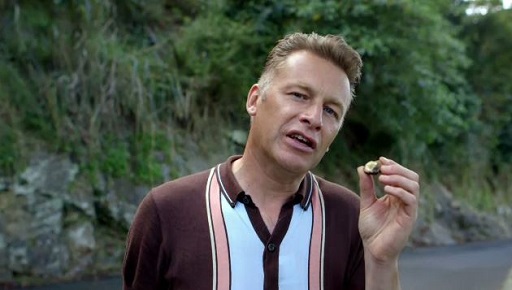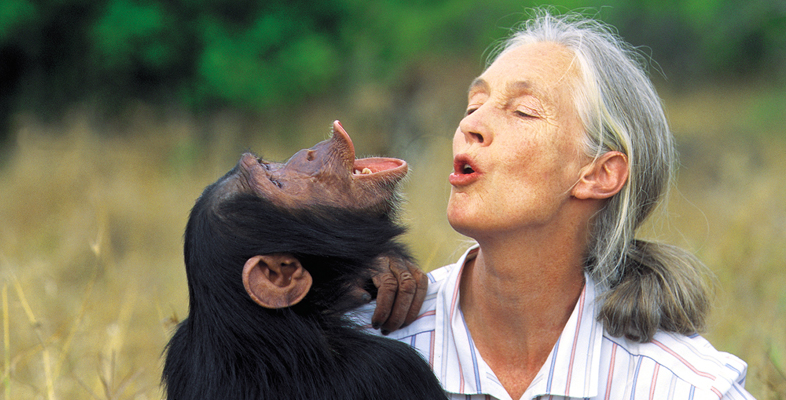5.3 New Caledonian crows
Some of the problem-solving abilities that have been observed in non-mammal species, like the New Zealand kea, seem to provide evidence of executive function – which is involved in the planning and co-ordinating of actions. Now watch this video, which shows a different bird species, the New Caledonian crow, trying to solve a problem. The solution requires planning and co-ordinating eight separate steps.

Transcript: Chris Packham and the New Caledonian crow puzzle
Activity 8 Pause for thought
- Having watched the video, do you think the crow displayed evidence of
executive function ? - Does the video illustrate any differences between human and animal problem solving?
Discussion
For a human research participant, this level of planning and co-ordination of actions would certainly be considered evidence of executive function, so it would also be reasonable to consider this as evidence of executive function in the crow.
However, the video also demonstrated a key difference between human and animal problem-solving. Chris Packham could work out the solution to the problem on his first attempt at solving it: he already had insight into the nature of the problem without having to explore it in a trial-and-error manner. But the crow had to attempt to use the short stick first, in order to understand that it was not long enough to reach the food. In addition, even though it was only alluded to in the video, the crow had to be trained on each piece of apparatus separately, learning about it by trial and error. The pieces of apparatus were then put together to create the puzzle.
For a long time, psychologists considered the insight into the nature of a problem (that Chris Packham showed in the video) to be uniquely human. This is a conclusion going back to the work of Edward Thorndike in the early twentieth century (e.g. Thorndike, 1911). However, in recent years research findings have emerged which suggest that some other species may also be able to show elements of insight in certain problem-solving situations (see Shettleworth, 2012, for a well-written and accessible summary of this literature).
In the next section of this course you will revisit collaborative problem-solving, looking at the role emotions and empathy play in animals working together.
